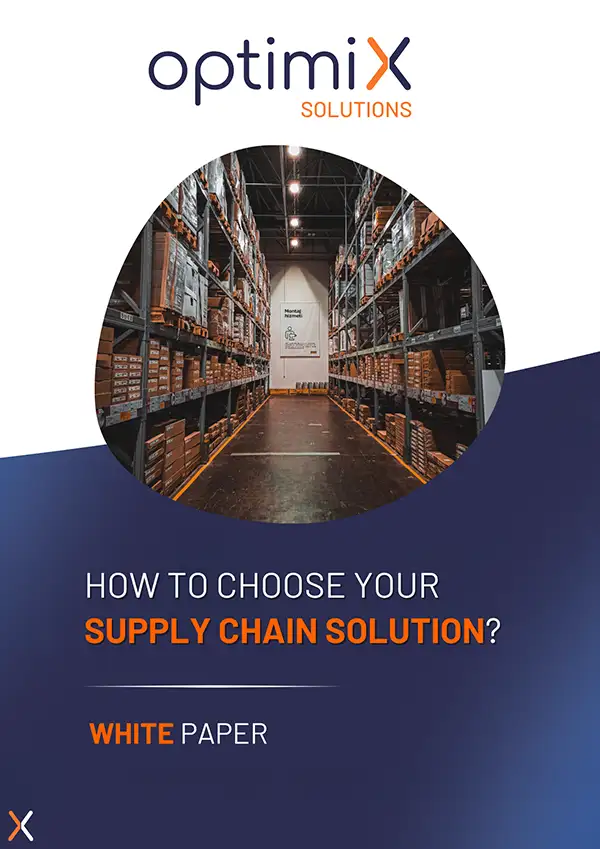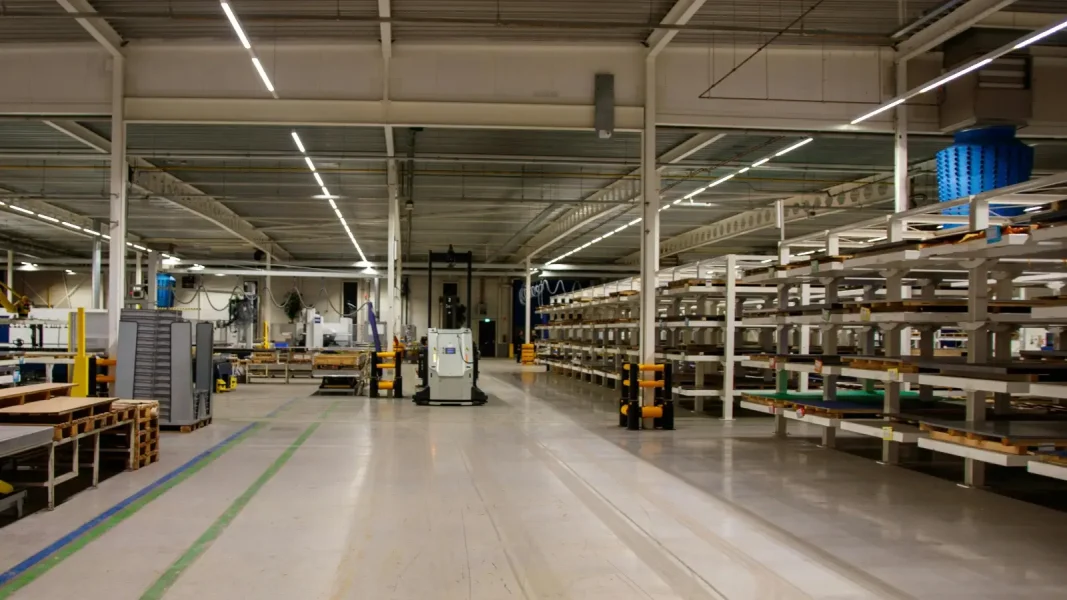At a time when consumer cycles are fragmenting, purchasing behavior is changing, and supply chains are under constant strain, sales forecasting becomes a lever not to be neglected. Incorrectly calibrating demand exposes your company to a twofold risk: on the one hand, stock-outs that damage the customer experience and result in lost sales; on the other, overstocks that generate costs, depreciation and even destruction.
In the face of these challenges, artificial intelligence (AI) is emerging as a major technological response, enabling us to move from a reactive logic to a predictive logic that is more agile, more reliable and better aligned with market reality.
Sales forecasting: Why should companies trust AI tools?
In the age of data, companies that still rely solely on traditional sales forecasting methods risk making sub-optimal decisions and falling behind the competition. Today, sales forecasting tools incorporating artificial intelligence (AI) represent the most reliable and effective solution for anticipating demand. Trusting these sales forecasting software is no longer a luxury, but a strategic necessity for any brand seeking to optimize its operations and profitability.
A sales forecast made reliable by AI brings tangible, measurable benefits, positively impacting several key aspects of the business:
- Increasing service rates without overstocking: AI enables a delicate but crucial balance to be struck. By predicting demand with greater accuracy, companies can guarantee optimum product availability for their customers (thereby increasing the service rate), while avoiding the build-up of excessive inventory. Less overstocking means lower storage costs and better capital management.
- Reduce dormant stocks and improve product rotation: AI models identify sales trends with unrivalled granularity, helping to avoid the build-up of dormant stocks – those products that sit in warehouses for too long. Better demand forecasting leads to more accurate ordering and, consequently, faster product rotation, maximizing supply chain efficiency.
- Reducing waste and unsold stock as part of an ESG approach: the impact of AI goes beyond profitability. By minimizing unsold products and overproduction thanks to accurate forecasts, companies are actively contributing to an ESG (Environmental, Social and Governance) approach. Less waste means fewer resources consumed and a reduced ecological footprint, thus meeting the growing sustainability expectations of consumers and regulators alike.
- Strengthen collaboration between departments (supply, sales, finance): A single, reliable sales forecast shared by all departments greatly facilitates collaboration. Supply chain teams can plan supplies and logistics with confidence. Sales teams can set realistic targets and anticipate market needs. Finance teams have more solid data for budgeting and revenue projections, creating the synergy essential for overall performance.
- Improve financial predictability: Thanks to more accurate sales forecasts, the company’s financial predictability is considerably improved. This enables better cash flow management, more informed investments and increased ability to meet revenue targets. Executives can make strategic decisions with greater confidence, reducing uncertainty and financial risk.
The limits of traditional approaches
For a long time, companies based their sales forecasts on historical data, enhanced by human expertise. These methods, though robust in a stable environment, have several shortcomings today:
- Inability to anticipate trend breaks or contextual effects (covid, inflation, etc.)
- Low responsiveness to non-seasonal peaks and troughs
- Difficulty integrating external variables (weather, competition, digital channels, cross-promotions)
- Subjectivity of manual adjustments, sources of bias and error
This smoothing or moving average approach reaches its limits as soon as behavior becomes non-linear, erratic or influenced by multiple signals.
How AI is changing demand forecasting
Artificial intelligence (AI) marks a major turning point in demand forecasting, offering a more refined, contextual and learning approach. Unlike traditional models, which are often rigid, AI models possess dynamic capabilities that radically transform this discipline:
1 . Ingestion of a wide variety of data : AI is capable of assimilating and processing a considerable volume of data, whether internal to the company (historical sales, current stock levels, prices charged, effects of marketing campaigns) or external (weather data, signals from the web such as popular searches or trends on social networks, and even data relating to competitors’ activities). This ability to integrate heterogeneous information provides a holistic view of demand.
2 . Automatic learning from past trends and market reactions : AI algorithms don’t just apply predefined rules. They learn autonomously from patterns observed in historical data and from past market reactions to various events or changes. This enables them to adapt and refine their models without constant human intervention.
3. Detecting weak or hidden correlations: One of AI’s major strengths is its ability to identify complex correlations and subtle interactions between different variables, which would be imperceptible to a human analyst. These “hidden” relationships can have a significant impact on demand and, once discovered, greatly improve forecast accuracy.
3. Continuous adjustment of real-time projections: AI models are not static. They have the ability to integrate real-time data and continuously adjust their forecasts. This means that the demand forecast is constantly updated to reflect current market conditions, enabling unprecedented responsiveness to changes.
The results of integrating AI into demand forecasting are measurable and impressive. Many companies are seeing accuracy gains of 20-30%This translates directly into improved stock rotation and a sharp reduction in unsold stock. This improved accuracy optimizes not only operations, but also customer satisfaction and overall profitability.
How to use AI in sales forecasting: concrete use cases
Advanced AI models, integrated into sales forecasting tools allow us to handle a wide variety of complex cases by combining machine learning, non-linear time series and deep neural network algorithms. Unlike conventional approaches, these tools are based on adaptive architectures capable of learning continuously and adjusting to weak market signals.
Here are a few concrete use cases that these next-generation AI solutions can effectively address: :
- Anticipation of demand peaks during sales operations or product launches
- Intelligent allocation of stock between warehouses or sales outlets according to local potential
- Detection of cannibalization between references or behavioral substitution
- Precise management of seasonality and calendar effects (public holidays, school vacations, long weekends, etc.)
- Simulated scenarios to anticipate the effects of a price increase or range change.
Towards continuous, adaptive, data-driven forecasting
AI does not replace the intuition of experts, but it multiplies it. By automating the analysis of massive volumes of data, it enables us to better anticipate market shifts and make faster, safer, more profitable decisions.
Demand forecasting is thus becoming a cross-functional skill, driven by facts and boosted by technology. Sales forecasting platforms integrate advanced AI algorithms to help retailers make informed decisions. These technologies can model the complexity of buying behavior, integrate exogenous signals (weather, calendar, competition) and generate powerful anticipation scenarios.
Companies that know how to industrialize these solutions will have a decisive competitive advantage, transforming the variability of demand into an opportunity for sustainable performance.








